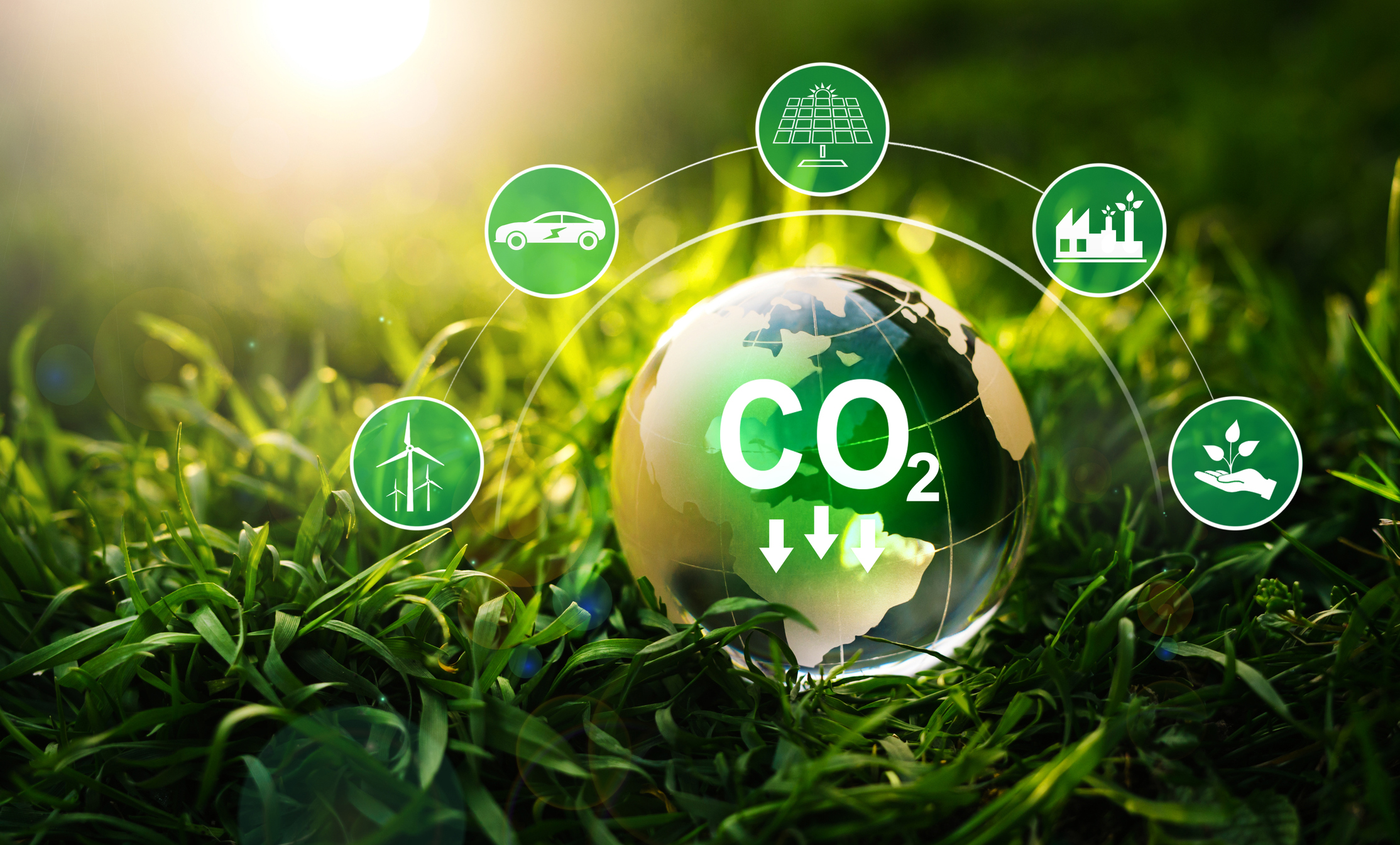The latest report from Net Zero Australia (University of Melbourne, the University of Queensland, Princeton University and management consultancies Nous and Evolved Energy) puts the cost at $1.5 trillion by the end of the decade, with the need for $7 trillion to $9 trillion of capital by 2060 to meet Australia’s aspiration of net zero by 2050.
According to the group’s study – conducted by interdisciplinary teams from the University of Melbourne, the University of Queensland, Princeton University and management consultancies Nous and Evolved Energy – achieving net zero will require growing renewables as our main domestic and export energy source to 40 times current national electricity market capacity.
The report concedes that investment is much higher in the net-zero transition than continuing to use fossil fuels.
Batteries, pumped hydro and gas-fired firming are the preferred stabilisers, with development of a large carbon capture, use and storage industry being considered vital, as well as greatly expanded energy transmission and distribution networks.
These distribution networks are the current thorn in the paw for governments. They are realising that to rewire the nations 28,000km of transmission lines to carry intermittent energy generated at constantly variable frequencies by renewables from unpopulated areas to urban need is highly constrained.
There are simply not enough contractors to do the work at any where near the pace required.
Further, landholders are fighting tooth and nail against having massive pylons crisscrossed over their properties.
While these transmission lines remain unconnected, complete, under construction and proposed projects have no where to feed into the grid.
Curiously, the cleanest, proven, and least destructive to our natural resources energy generation source has no role. Net Zero Australia generally maintains and supports ex-chief scientist Alan Finkal’s position that nuclear is not an option unless costs fall sharply, and our land should be carpeted in solar farms and forested with wind turbines.
Against a backdrop of the latest reports on China from Australian National University research is that carbon dioxide emissions are growing faster in the world’s highest emissions nation than before the pandemic, with power generation and industry driving the increase.
China’s emissions increased by 2.7 million tonnes a day in the first quarter of 2023 compared with the first three months of 2019. This means the annual increase in China, not its total which is ~12 billion tonnes (at the current rate, and anticipated to escalate rapidly as more generation comes online) is more than double Australia’s total emissions of 463 million tonnes last year.
Put simply, China, who is colloquially responsible for more than 1/3 of global greenhouse gas emissions annually, is increasing their already massive contribution at a rate that is more than double Australia’s total annual contribution (which is already less than 1% of global emissions).
$1.5 trillion in the next 6.5 years to reduce Australia’s comparatively poultry emissions by 43% (of which we represent less than 1% of this problem) and conservatively up to $9 trillion by 2060 to achieve our ‘net zero ambition’.
This is a fiscal death warrant for future generations that achieves little to no meaningful environmental outcomes in respect of global emissions reduction.
If businesses and household’s seriously have $9 trillion to splash (which the report suggests is where the funding will need to come from), surely we should be using funds to reliably stabilise and securitise our energy needs by using proven technology like nuclear with solar, wind, gas and yes, carbon capture, stored and utilised (CCUS) coal in a sensible and moderate mix of technologies.
